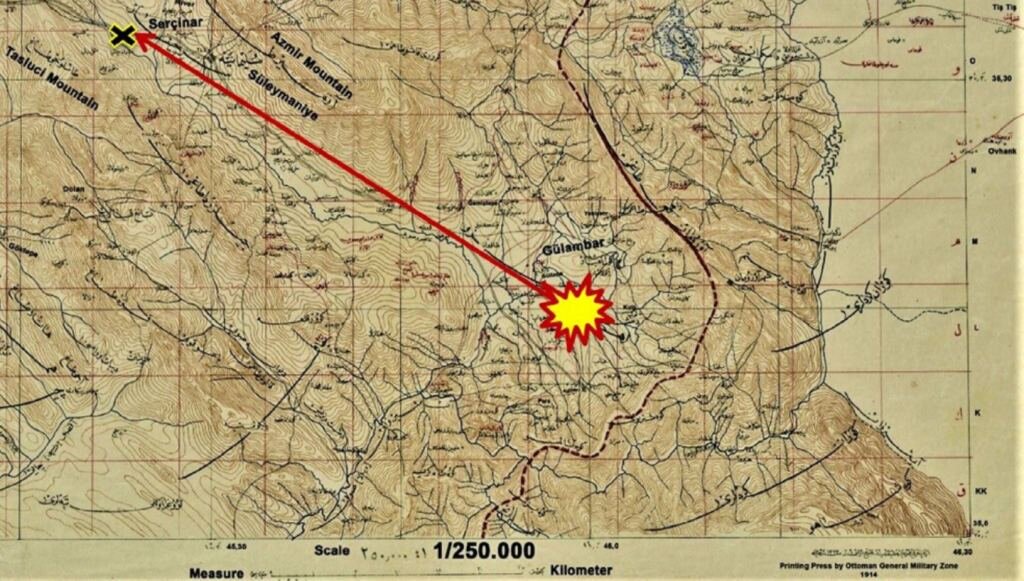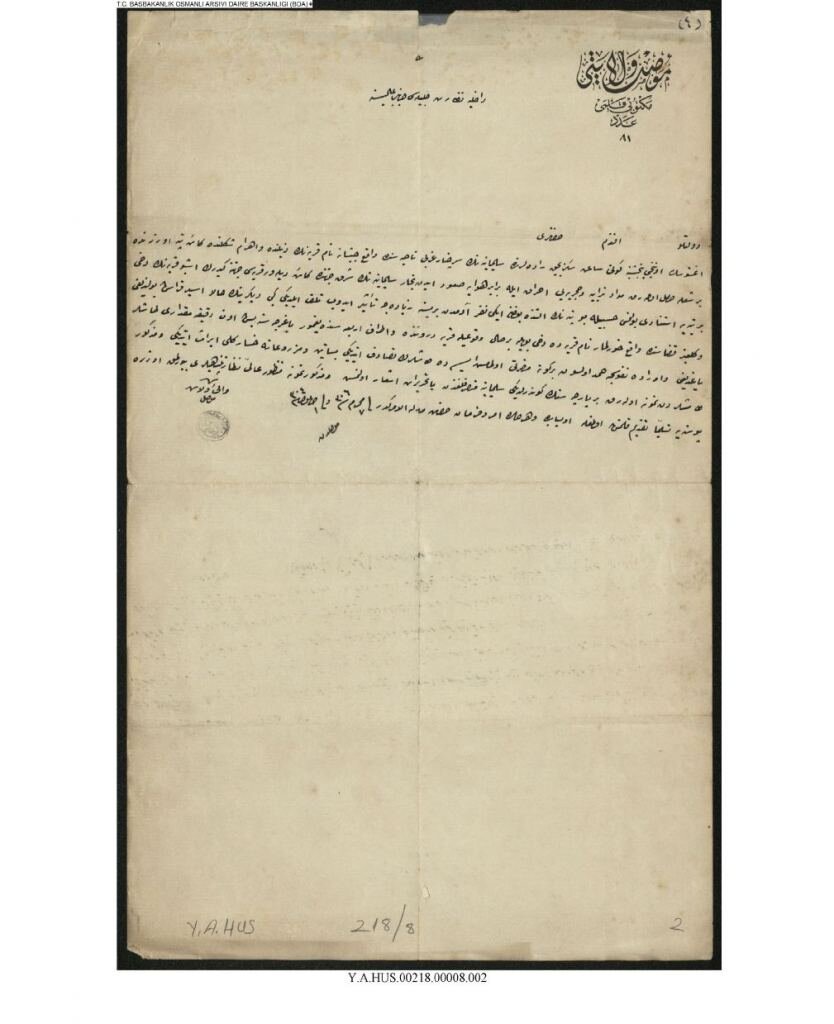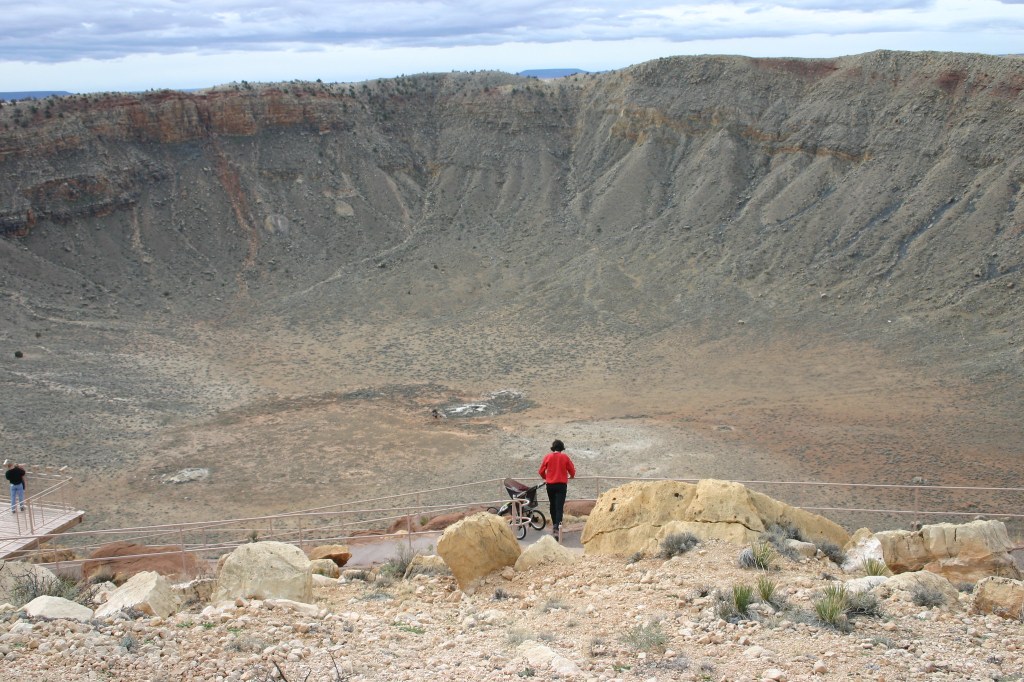Scientists have found the oldest and most credible report of a death-by-meteor, an event so rare that this would be the first documented example, which occurred on August 22, 1888, in what is now Sulaymaniyah, Iraq.
A team led by Ozan Ünsalan, a physicist at Ege University in Turkey, unearthed unprecedented evidence that a person was killed by a falling space rock in recently digitized archives from the Turkish government, according to a new paper in Meteoritics & Planetary Science.
Videos by VICE
“To the best of our knowledge, we show the first proof of an event ever that a meteorite hit and killed a man,” the team said in the paper. “These findings suggest other historical records may still exist that describe other events that caused death and injuries by meteorites.”

We live on a planet that is constantly bombarded by space rocks, some of which have delivered devastating blows to life on Earth. But though these extraterrestrial objects explode as dangerous airbursts and impact the ground, the odds of them actually killing a person are astronomically low.
As Ünsalan and his colleagues point out in the paper, there have been previous reports of meteoric casualties. A man who died in India in 2016 was initially thought to have been hit by a meteorite, but NASA cast doubt on this explanation. There are also rumblings of deaths due to other meteoric events, such as the massive Tunguska airburst over Siberia in 1908, which flattened an estimated 80 million trees when it exploded. But there’s not enough evidence to back up these rumored fatalities.
That doesn’t mean nobody has ever been verifiably hit by a space rock. In 1954, an Alabama woman named Ann E. Hodges was injured by a falling meteorite that she said crashed through her roof, awakening her from a nap on her couch. The “Hodges Meteorite” is genuinely extraterrestrial, and is now part of the collection of the Alabama Museum of Natural History.
However, until now, there hasn’t been a well-documented example of a meteoric human death. Ünsalan’s team filled this historical gap by scouring newly available digital documents from the General Directorate of State Archives of the Presidency of the Republic of Turkey.
The team found three letters, written by local officials during the weeks following the impact, that reported the event up the chain of command all the way to Abdul Hamid II, the Sultan of the Ottoman Empire at that time.

The letters tell the same tale: An extremely bright light, accompanied by smoke, was seen at a village called “Dilaver,” which was located in eastern Sulaymaniyah.
“Meteorites fell for a period of about ten minutes, like rain,” according to the team’s translation, causing widespread damage to the crops. In addition, the documents note, one man in the nearby village of Ҫişane was killed and another was paralyzed by the impacts. The names of the victims are not in the documents.
In a tantalizing twist, the letters also reveal that a sample of the meteorite was sent to the Sultan’s Empire Palace for further study, but his response was not found in the archives—yet. Ünsalan and his colleagues hope that they will be able to track down the government’s assessment of the event as more archives are digitized.
“Even though there are still a massive amount of documents in our national archives, these first historic findings can be considered as a beginning of further research that could shed light into further studies in this field,” the team said in the study.
More
From VICE
-

(Photo by Cindy Ord/Getty Images for SiriusXM) -

Screenshot: NVIDIA -

Screenshot: CD Projekt RED -

Photo: Tatsiana Niamera / Getty Images
